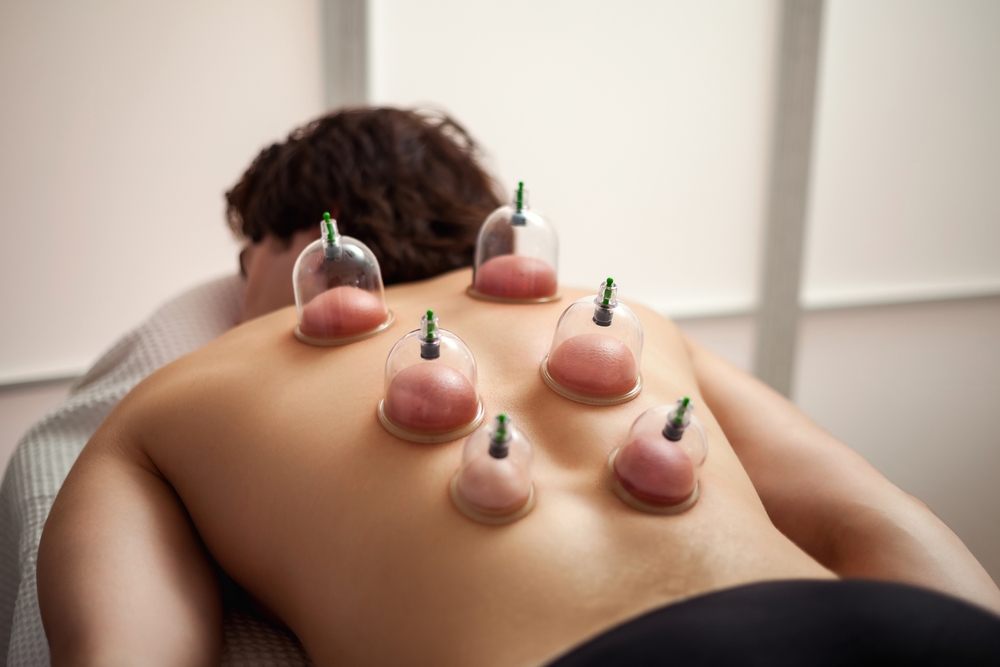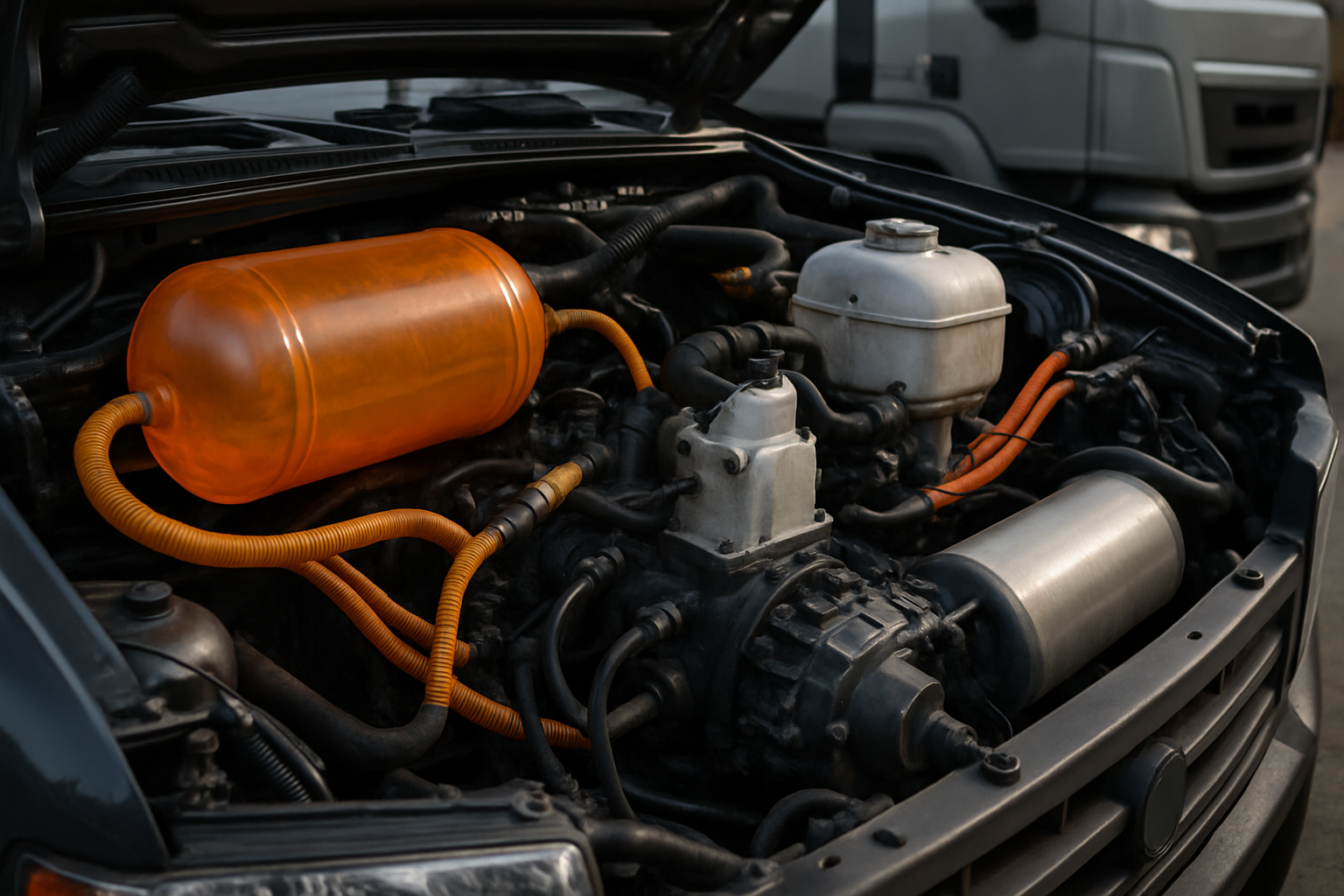Rejuvenation Through Cupping: An Ancient Practice for Modern Wellness
Cupping therapy, known simply as 'cupping,' traces its roots back to ancient civilizations including the Chinese, Egyptians, and Greeks. The earliest documented use of cupping was by the Egyptians around 1550 B.C., and its practice has evolved over the centuries. Traditionally, it was seen as a method of dispelling stagnation—both of the blood and chi, the life force energy in traditional Chinese medicine. Today, it has been repurposed and rebranded as a revitalizing beauty and fitness regimen.

Cupping in the Contemporary Wellness Industry
Cupping therapy has recently gained traction in the global wellness industry. Modern practitioners claim it detoxifies the body, improves circulation, reduces muscle tension, promotes cell repair, and enhances skin health. Much of its popularity is owed to high-profile endorsements by athletes and celebrities who swear by its restorative properties.
However, beyond the glitz and glamour, there is a growing body of scientific literature that supports some of these claims. A study published in PLoS One suggests that cupping can alleviate chronic neck and shoulder pain. Another in the Journal of Traditional and Complementary Medicine found it beneficial for treating facial paralysis, acne, and herpes zoster.
The Power of the Cup: Benefits and Impact
Cupping works through negative pressure rather than tissue compression. This distinctive property allows it to pull toxins and inflammation from the body to the surface of the skin, where the lymphatic system can more readily eliminate them.
In the fitness realm, it is used to help athletes recover faster from intense workouts by promoting blood flow to the treated area, reducing inflammation and speeding up healing.
In beauty, facial cupping is becoming a spa staple. It is touted for promoting healthy, glowing skin by improving blood circulation, encouraging lymphatic drainage, and reducing puffiness. Unlike body cupping, facial cupping uses smaller cups and a lighter suction to prevent bruising.
Cupping Therapy: A Deeper Dive into the Practice
Cupping therapy typically involves placing cups on the skin and creating a vacuum by heating the air inside the cup. Once the cup cools, it creates a suction that pulls the skin upwards into the cup.
However, contemporary practices have moved towards using silicone or plastic cups with a pump to create the vacuum, giving the practitioner more control over the pressure.
Regardless of the method, the goal remains the same: to draw out impurities, stimulate the flow of blood, balance and realign the flow of qi, break up obstructions, and create a path for toxins to be drawn out of the body.
Sifting Through the Skepticism: Evidence-Based Insights
Despite its emergence into mainstream wellness, cupping therapy has been met with skepticism. Critics argue that the scientific evidence supporting cupping’s benefits is sparse and often methodologically flawed.
However, it’s crucial to note that the lack of high-quality scientific evidence doesn’t necessarily disprove the benefits of cupping. It may merely reflect the fact that traditional wellness practices like cupping have not been the subject of rigorous, high-quality research due to lack of funding or interest.
Furthermore, the anecdotal evidence is compelling. The satisfaction and repeat use of the therapy by millions worldwide suggest a level of effectiveness that warrants further study and understanding.
While it’s essential for consumers to navigate the world of wellness with a discerning eye, it’s equally important to remain open to the potential benefits of ancient practices like cupping therapy.
In conclusion, cupping therapy is an ancient practice that has found a place in modern beauty and fitness regimens. It offers a unique approach to wellness, focusing on the removal of toxins and promotion of natural healing. As the wellness industry continues to evolve, it will be fascinating to see how these age-old practices adapt and grow.




